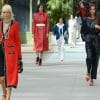Each year, on the first Monday of May, the Metropolitan Museum of Art hosts a gala in order to raise money for the Met’s Costume Institute. The benefit – which acts as the institution’s main source of annual funding – welcomes the world’s most prestigious designers and A-list celebrities, who are required to dress to the theme of the spring exhibition, which this year is entitled Camp: Notes on Fashion.
While dressing for the so-called ‘Oscars of fashion’ always proves difficult, this year is especially so – the word ‘camp’ isn’t easily definable, offering up so many different forms of interpretation. But, that might just be the point.
The exhibition will explore the origins of the camp aesthetic through the framework of American writer, Susan Sontag’s 1964 essay ‘Notes on Camp’, which, for the first time, attempted to explain the previously unaddressed phenomenon. Her words act as the narration of the exhibition, so, to truly understand the theme of the exhibition and as such, of the gala, it is important to look at how she attempted to define the word.

Susan Sontag
NEW YORK TIMES CO.GETTY IMAGES
In her essay, Sontag defines the phenomenon of camp as a “sensibility” and went on to describe a sensibility as “one of the hardest things to talk about”. So, while almost impossible to explain, she labels camp in a number of ways, which does help to illustrate how she perceived it.
“[Camp is] the love of the exaggerated, the ‘off,’ of things-being-what-they-are-not.”
“[Camp is] the metaphor of life as theatre.”
“Camp asserts that good taste is not simply good taste; that there exists, indeed, a good taste of bad taste.”
“Camp sees everything in quotation marks. It’s not a lamp, but a ‘lamp’; not a woman, but a ‘woman’.”
“Camp is the attempt to do something extraordinary. But extraordinary in the sense, often, of being special, glamorous.”
“The whole point of camp is to dethrone the serious. Camp is playful, anti-serious.”
Alessandro Michele, Andrew Bolton and Anna Wintour at a press event for the exhibition.
VITTORIO ZUNINO CELOTTO GETTY IMAGES
When Andrew Bolton, the Costume Institute’s curator, spoke about the exhibition to press in Milan earlier this year, he reiterated Sontag’s point about the difficulty of defining the word and of explaining the concept and sensibility of camp.
“Like most four-letter words, camp invites debate,” he said. “But unlike most four-letter words, it evades definition. For this reason, the exhibition raises more questions than it answers.”
Dr. Royce Mahawatte, senior lecturer in Cultural Studies at Central Saint Martins, gave us a further insight into how difficult the word camp might be to translate into a dress code.
“It is a theme about a mode, a way of looking at reality, rather than at a place or period of history. It is rather abstract in a way. I think that designing camp is more challenging than it might appear at first.”
So, to try to illustrate how camp might look on the red carpet, it’s key to consider some of the camp icons that are featured in Sontag’s essay, throughout the exhibition and more generally in history.
In her essay, Sontag says: “For obvious reasons, the best examples that can be cited are movie stars.” She names; Jayne Mansfield, Gina Lollobrigida, Jane Russell, Virginia Mayo, Steve Reeves, Victor Mature, Bette Davis, Barbara Stanwyck, Tallulah Bankhead and Edwige Feuillière.
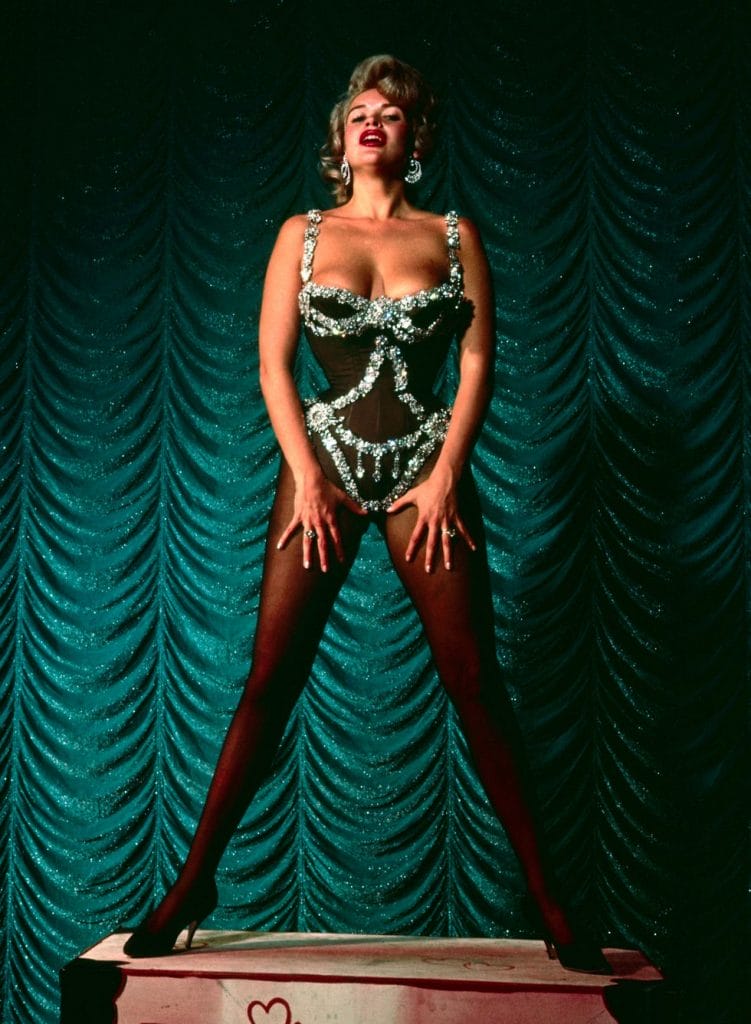
Jayne Mansfield
SILVER SCREEN COLLECTION GETTY IMAGES

Gina Lollobrigida
BETTMANN GETTY IMAGES

Steve Reeves in ’Hercules Unchained’
ARCHIVE PHOTOS GETTY IMAGES
When looking back over the most iconic moments of fashion history that could be described as camp, Mahawatte explains how we could see Queen Elizabeth I as one of the original camp icons.
“It would firstly, have to be, Queen Elizabeth I, starched ruff-farthingale, sumptuous fabrics and white lead paint flaking off her face. It’s the mix of political power, fashion and intensified beauty and youth.”
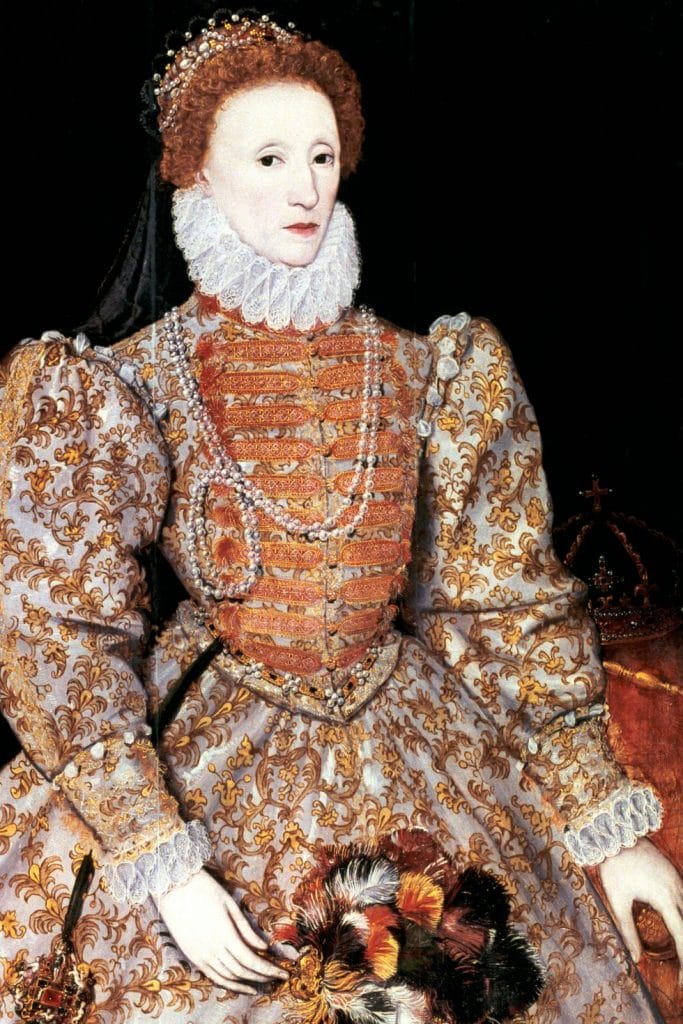
Queen Elizabeth I
PRINT COLLECTOR GETTY IMAGES
Mahawatte also thinks we will see a host of more modern icons paid tribute to on the red carpet on Monday night.
“There are many Hollywood icons of the 20th century. Something about Joan Crawford in Baby Jane would be amazing. Warhol, Nico, anything to do with John Waters and Divine should appear. Diana Ross, Donna Summer, Gloria Gaynor all have very distinctive camp styles (whether they knew it or not).
“We might see allusions to Beyoncé’s Sasha Fierce. I am hoping that Grace Jones and Leigh Bowery’s style and performances will make an appearance somewhere. Their whole conception of the body, dress, humour, sexuality are important milestones for camp fashion and subculture.”
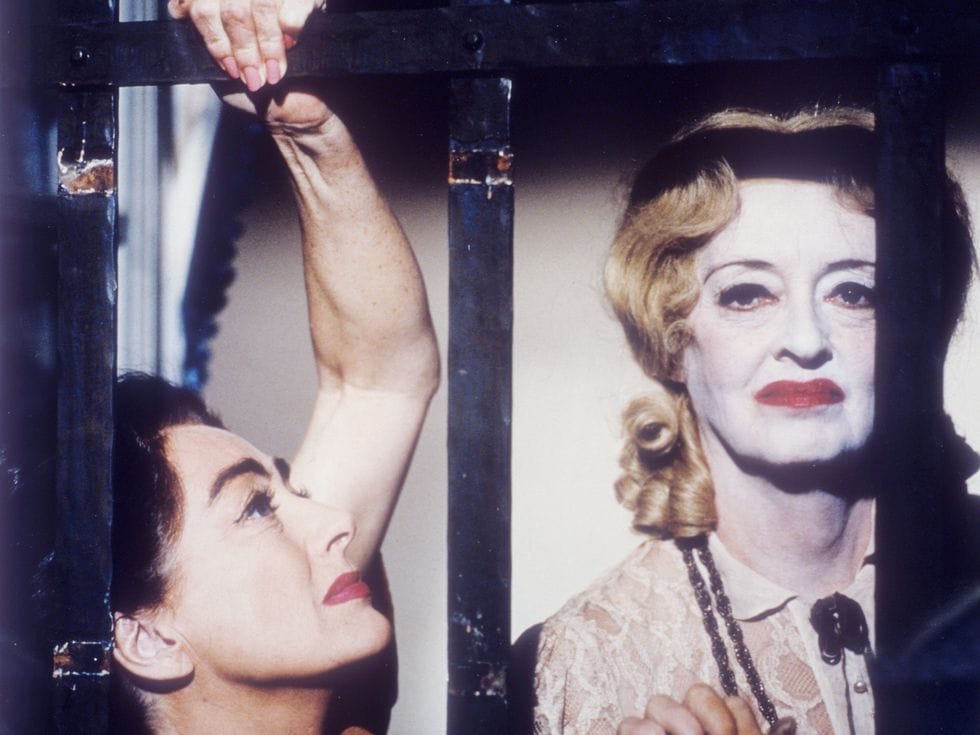
Joan Crawford and Bette Davis in ’What Ever Happened to Baby Jane?’
SILVER SCREEN COLLECTION GETTY IMAGES

Diana Ross
HARRY LANGDON GETTY IMAGES
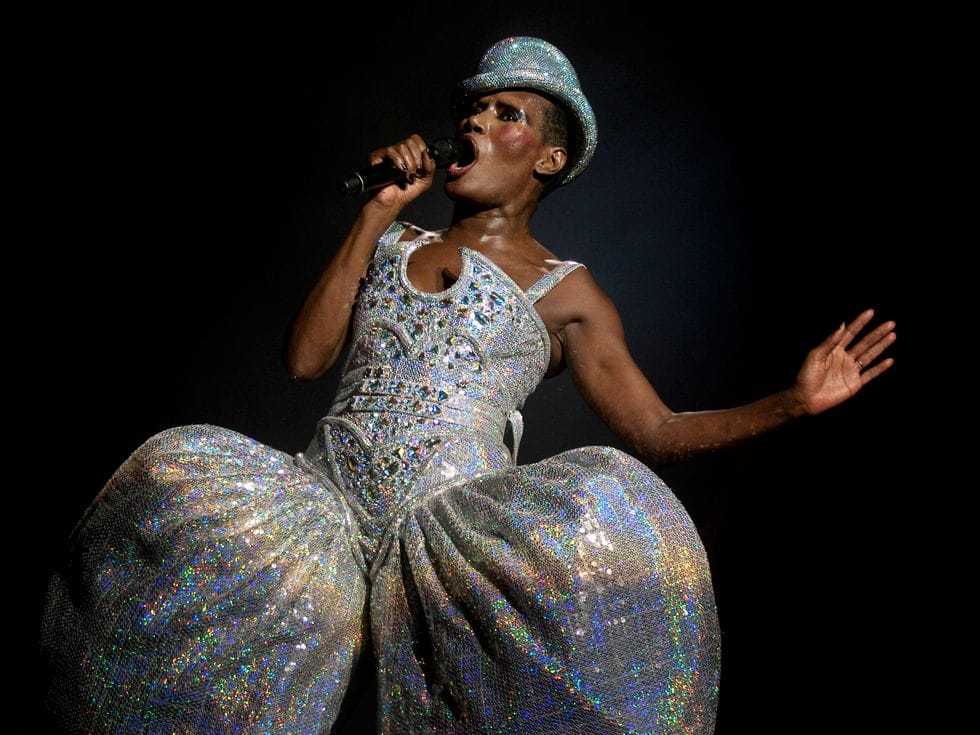
Grace Jones
PAUL BERGEN GETTY IMAGES
So, while it might be impossible to define exactly what we mean by the word camp, there appear to be countless examples of people who could be recognised as reflecting this sensibility. In fact, Mahawatte makes the point that perhaps camp is everywhere in fashion.
“Arguably, fashion itself is the art of being camp, even Anna Wintour – the most serious fashion authority – is excessive even in her apparent good taste.”

A Viktor & Rolf couture spring 2019 dress featured in the exhibition.
VITTORIO ZUNINO CELOTTO GETTY IMAGES
And, although Sontag essentially disagrees with this argument in her work (she says: “Not everything can be seen as camp. It’s not all in the eye of the beholder.”), Bolton too argues with her point, explaining that he truly thinks anything can be seen as camp through certain eyes.
“When it comes to fashion – or rather when it comes to looking at fashion through a pair of camp spectacles – it’s all in the eye of the beholder. It’s this subjectivity that underpins its mutability and capriciousness.”
Perhaps all fashion can be seen as camp, and certainly, all Met Gala fashion can be seen as camp since it is the night of the year where extravagance, exaggeration and excess are celebrated on the red carpet. Essentially, camp might just be the most fitting Met Gala theme of them all and we could certainly be in for the most elaborate red carpet of all time.
From: Harper’s BAZAAR UK



